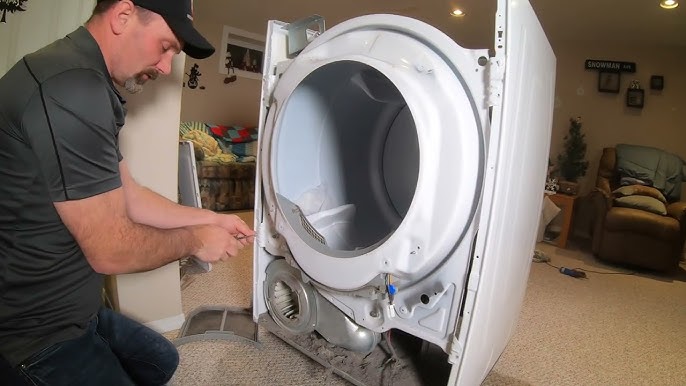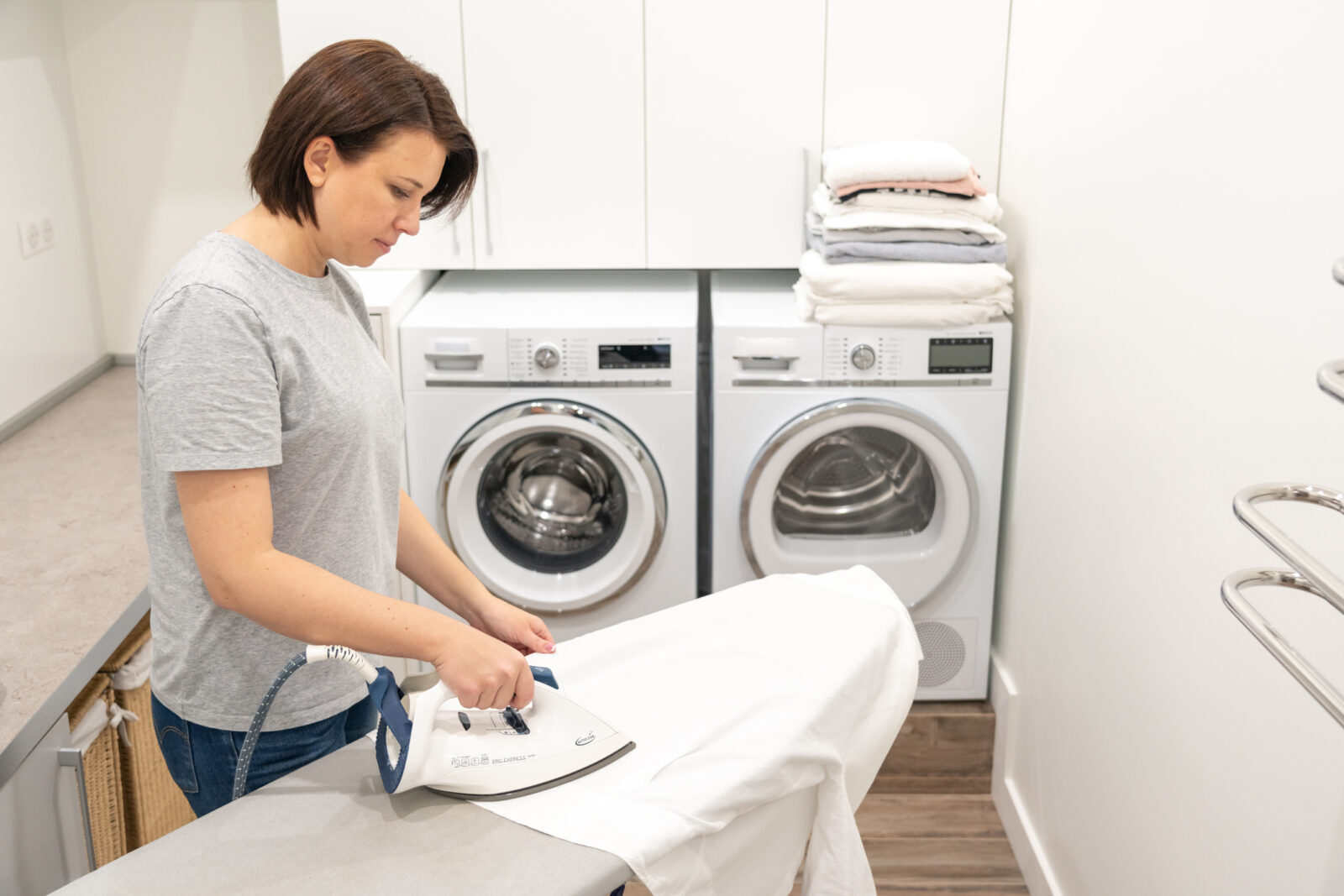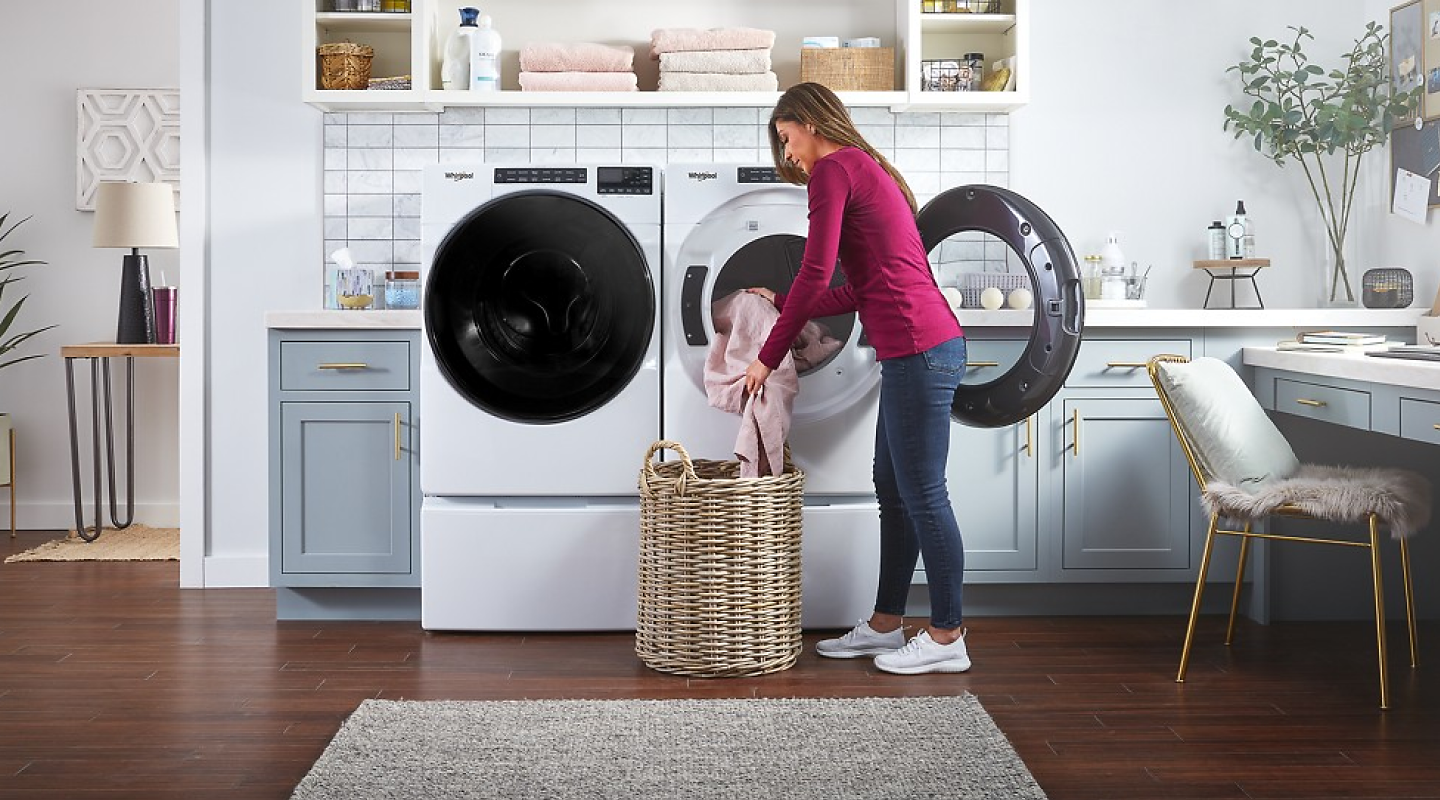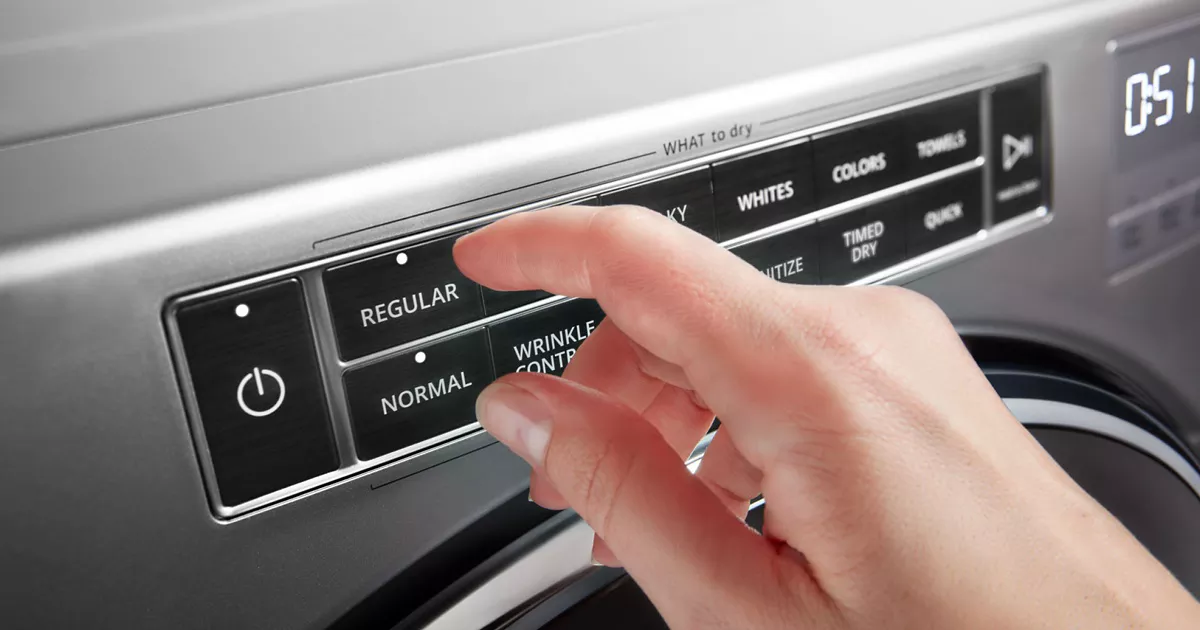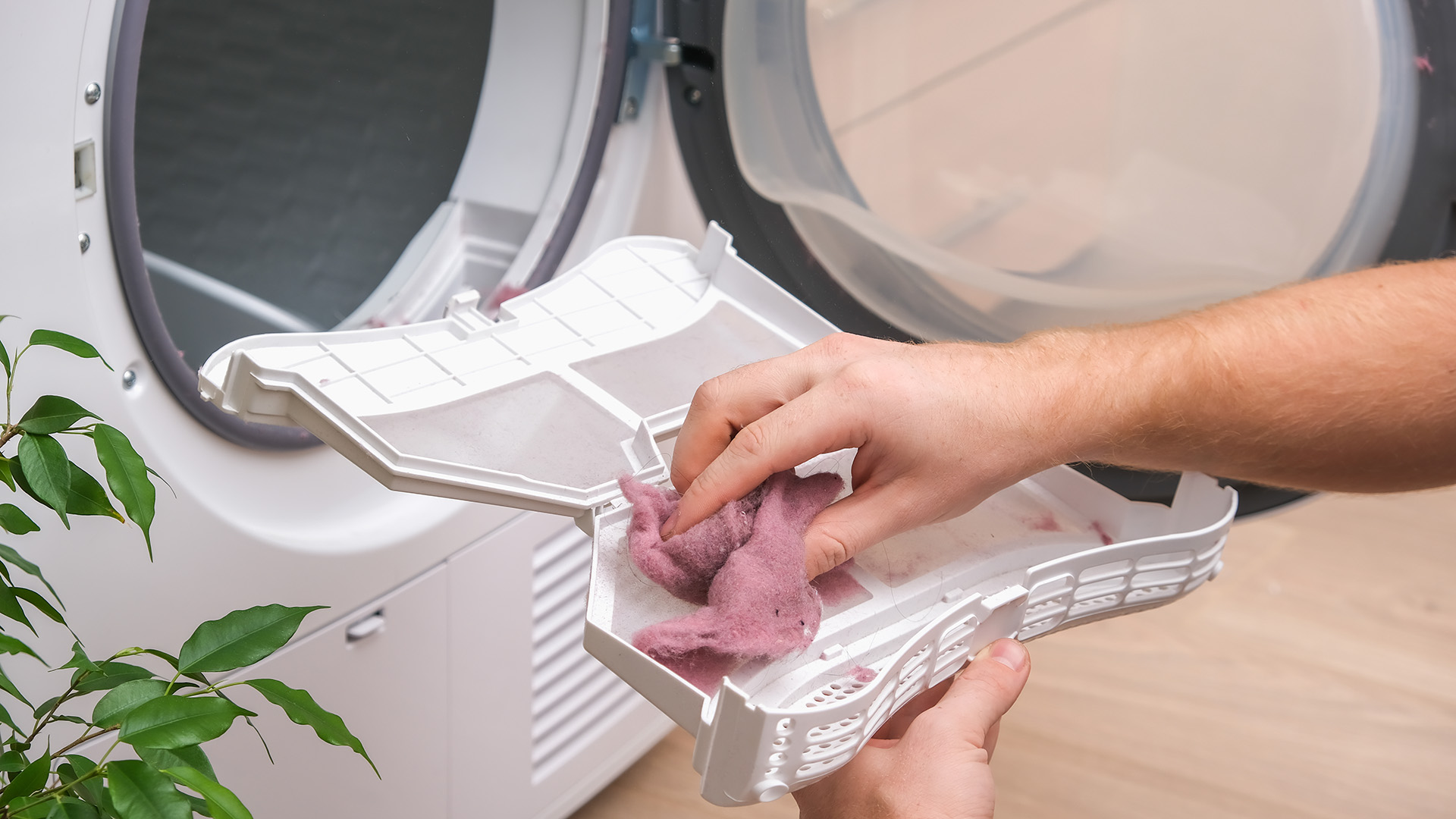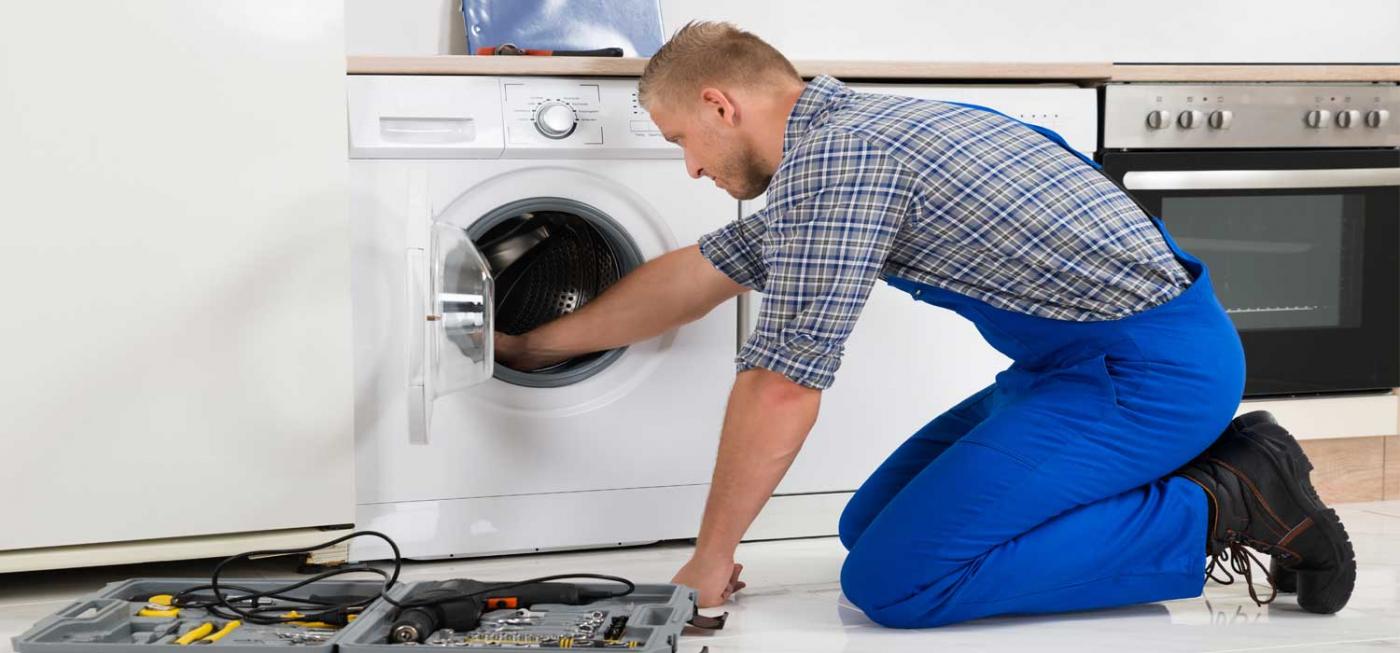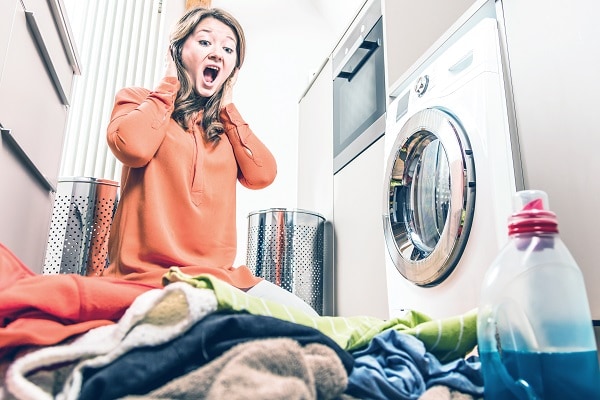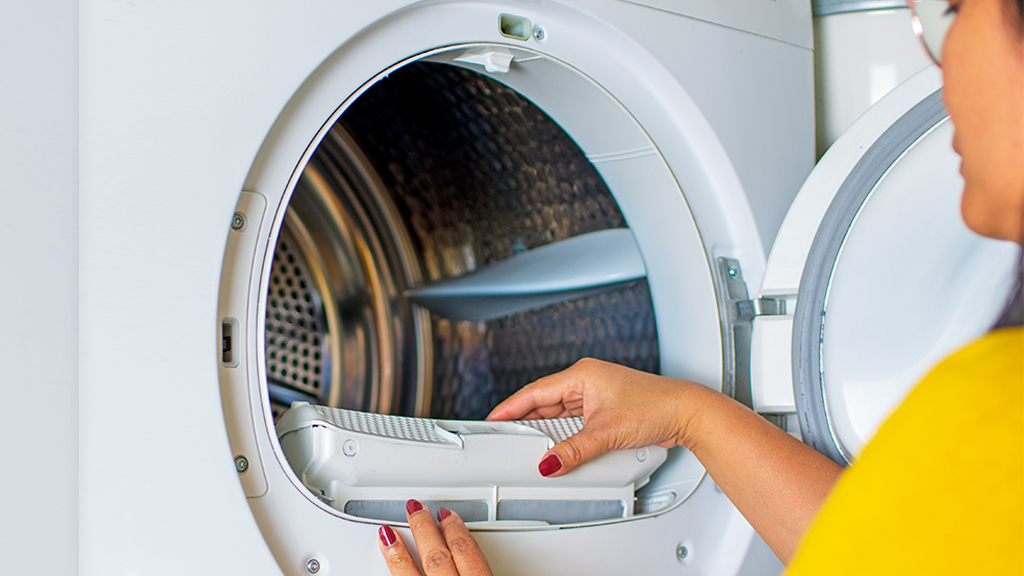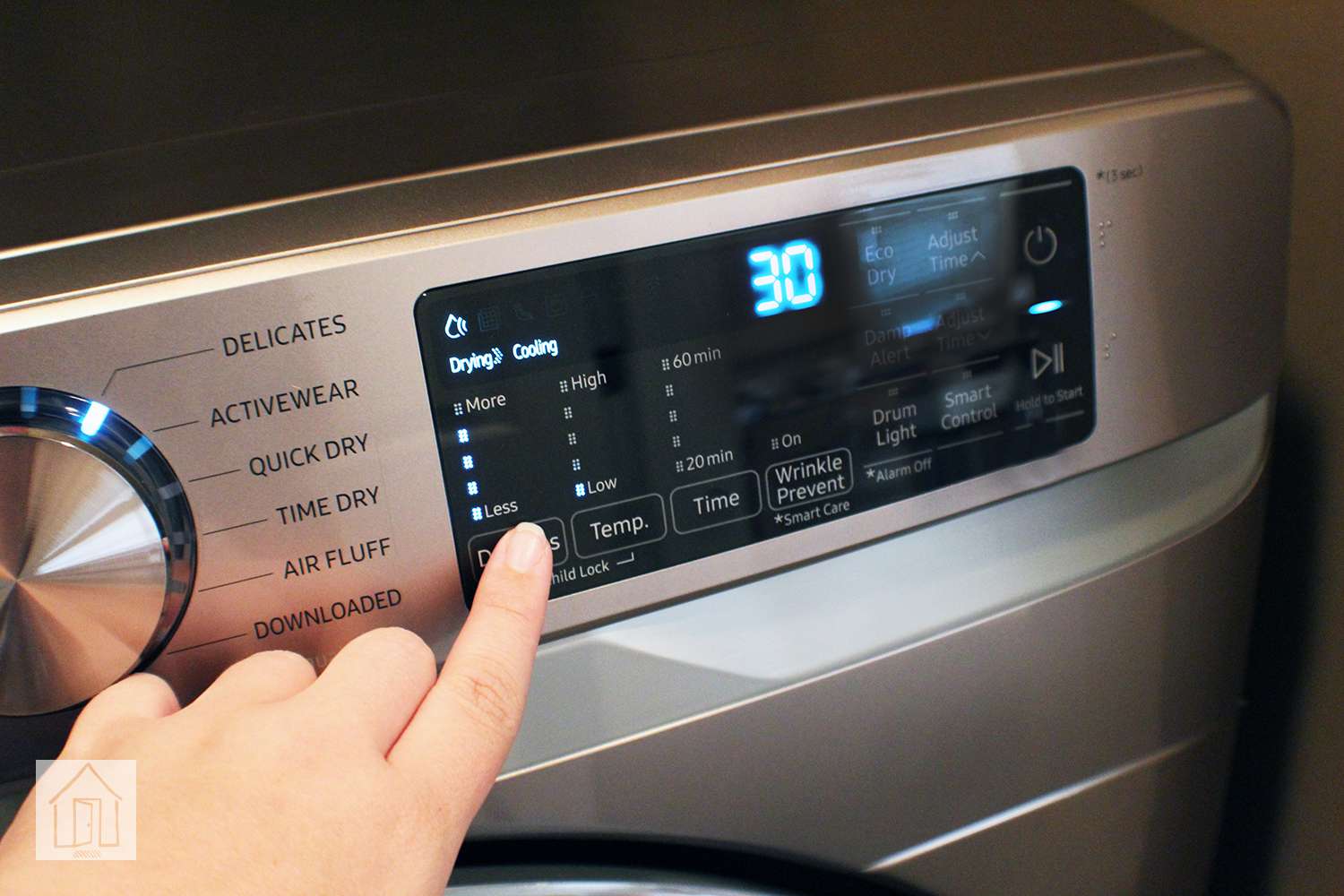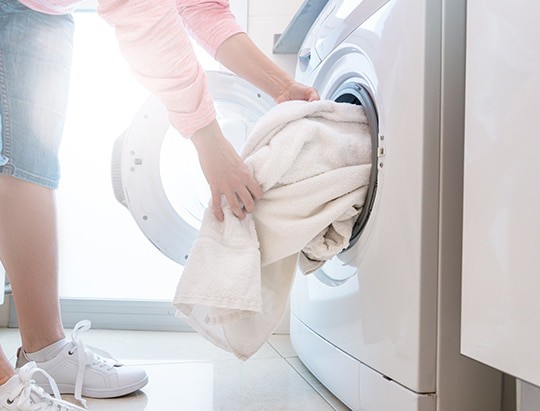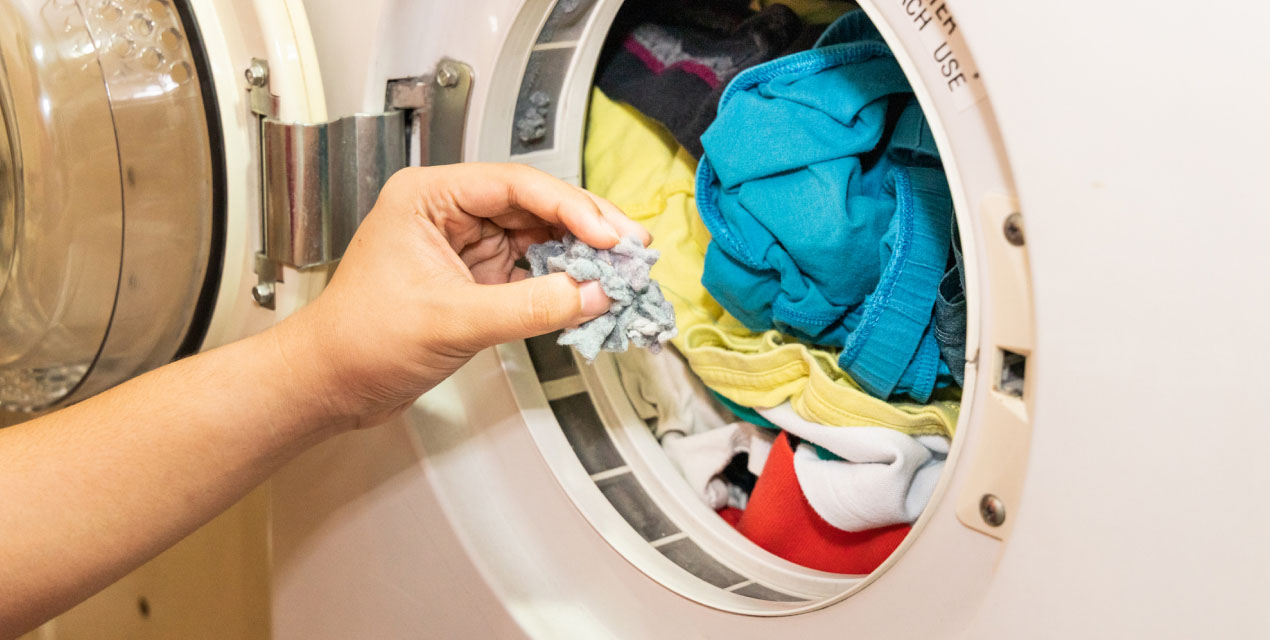Is your laundry routine being disrupted by a Whirlpool dryer that takes forever to dry clothes? Don’t let prolonged drying times inconvenience you any longer. Here’s a comprehensive guide to help you understand the potential causes of slow drying and how to address them effectively. By identifying and resolving these issues, you can enjoy faster and more efficient drying cycles with your Whirlpool dryer.
Common Causes of Slow Drying:
- Clogged Lint Trap and Exhaust Vent: One of the most common reasons for slow drying is a clogged lint trap or exhaust vent. Lint buildup restricts airflow, preventing hot, moist air from escaping the dryer efficiently. This leads to longer drying times and reduced drying performance.
- Overloading the Dryer: Overloading the dryer with too many clothes can hinder proper airflow inside the drum, resulting in longer drying cycles. Clothes need space to tumble freely for optimal drying. Avoid cramming too many items into the dryer at once.
- Improper Dryer Venting: If the dryer vent duct is excessively long, has multiple bends, or is made of inefficient material, it can impede airflow and prolong drying times. Proper venting is crucial for allowing moist air to exit the dryer efficiently.
- Faulty Heating Element or Igniter: A malfunctioning heating element or igniter can also contribute to slow drying. If the dryer is not generating enough heat, clothes will take longer to dry properly. Inspect these components for any signs of damage or wear.
- Thermostat Issues: A faulty cycling thermostat or temperature sensor may not accurately regulate the dryer’s temperature, leading to prolonged drying cycles. Testing and replacing these components may be necessary to restore proper functionality.
- Blocked Dryer Drum Seals: Blocked or damaged seals around the dryer drum can allow warm air to escape, reducing the efficiency of the drying process. Inspect the seals for any obstructions or wear and replace them if necessary.


